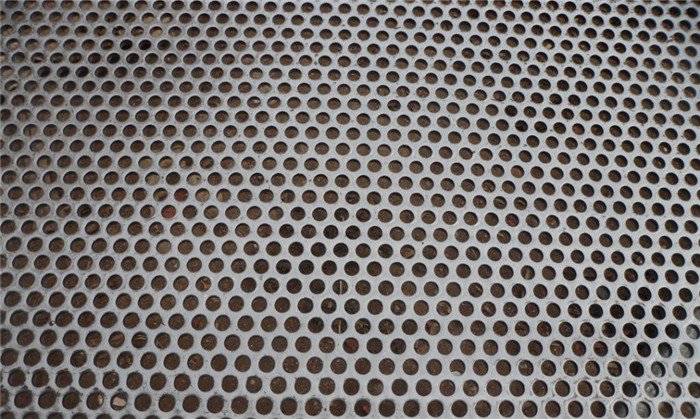What Are the Differences Between 200, 300, and 400 Series Stainless Steel Perforated Sheets?
Source:www.cn-psp.cnAuthor:河北森驰公司 Last updated:2025-06-10 21:36:04 Browse:
Stainless steel perforated sheets are widely used in architecture, filtration, kitchenware, and industrial applications due to their corrosion resistance, decorative appearance, and customizable structure. These sheets are typically categorized into three major series: 200, 300, and 400, each with distinct properties and uses. Below is a comprehensive comparison to help you choose the right material for your specific needs.
Series Overview and Magnetic Properties
Stainless steel perforated sheets are classified by their chemical composition and crystalline structure. The 300 series is the most commonly used in the market thanks to its excellent corrosion resistance and mechanical strength. The 200 series uses manganese and nitrogen to replace part of the nickel content. Though slightly less corrosion-resistant than the 300 series, it remains non-magnetic and cost-effective. On the other hand, the 400 series contains little to no nickel, has a ferritic or martensitic structure, and is magnetic by nature.
Corrosion Resistance, Environments, and Cost
The 200 series (e.g., SUS201, SUS202) is a budget-friendly option that works well in dry indoor environments where corrosion exposure is minimal. It’s often used for decorative metal structures and general-purpose hardware.
The 300 series, especially grades like 304, 316, and 321, offers superior corrosion resistance due to its higher nickel content. It is ideal for high-humidity areas, kitchens, medical equipment, and even coastal or chemical exposure environments. Grade 316, which includes molybdenum, performs exceptionally well in chloride-rich conditions.
The 400 series (e.g., 410, 430, 409L) has excellent heat resistance and mechanical strength. Although it lacks the corrosion resistance of the 300 series, its cost-effectiveness and magnetic properties make it suitable for applications like automotive exhausts, kitchen appliances, and industrial filtration where moisture exposure is limited.

Stainless steel Perforated sheet
Grade Characteristics and Typical Applications
SUS201/202: Known for cost efficiency, these grades are suitable for light-duty decorative projects, indoor partitions, and non-critical hardware.
SUS304/304L: This is the most widely used stainless steel perforated sheet due to its balanced performance. The low-carbon 304L version offers better resistance to intergranular corrosion, making it ideal for post-welded applications.
SUS316/316L: Contains molybdenum for enhanced corrosion resistance in marine or chemical environments. It's the go-to choice for industrial filtration equipment and salt-exposed structures.
SUS321: With added titanium, this grade resists intergranular corrosion and is suitable for high-temperature or non-annealed welded structures, such as boiler covers and exhaust shields.
400 series (410/430/409L): These grades are known for their strength, heat tolerance, and affordability. They are ideal for magnetic or high-temperature applications but should be avoided in wet or corrosive environments.
Application Scenarios and Material Selection Tips
For decorative indoor use where budgets are tight, SUS201 or SUS202 perforated sheets are practical and cost-efficient. If corrosion resistance and fabrication flexibility are your priorities, SUS304 or 304L is a strong all-around performer. For highly corrosive environments like chemical plants or coastal installations, SUS316 or 316L perforated sheets are highly recommended. If magnetic properties or heat resistance are required, the 400 series (e.g., 430 or 410) may be the better fit.
